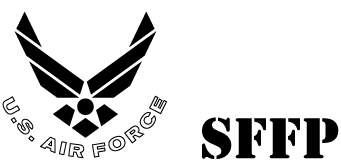The mission of the Air Force Research Laboratory’s Bioeffects Division (RHD) is to enable the maximum safe exploitation of the electromagnetic spectrum for DoD purposes. As a part of this effort, our laboratory seeks to develop new imaging technologies which can identify fundamental mechanisms of cellular interactions with directed energy, including lasers, high power radiofrequency and microwave sources, and pulsed electric fields. Recent representative efforts in this area include 1) quantitative phase imaging to identify mechanisms of transmembrane water flux across cell membranes in response to pulsed electric fields, 2) custom 3D-printed microscopy systems to image cellular responses to extreme radiofrequency environments, 3) optical streaking microscopy and high-speed imaging techniques to visualize fast cellular responses to pulsed electric fields and laser pulses.
We are seeking a talented visiting faculty member with experience in biomedical optics, microscopy, optical imaging, or similar fields. Areas of specialization may include (but are not limited to) fluorescence/fluorescence lifetime imaging, coherence-based imaging (optical coherence tomography, digital holography, quantitative phase imaging), optical elastography and photoacoustics, computational imaging, tomography, total internal reflectance (TIRF) microscopy, hyperspectral and multimodal imaging, ultrafast imaging, atomic force microscopy, light sheet microscopy, spectroscopy (Raman, Brillouin, etc) or other related technologies. The visiting faculty member will have the opportunity to develop their own project in collaboration with the AFRL principal investigator. Interested candidates should contact Dr. Zachary Steelman (zachary.steelman.1@us.af.mil) for more information and to submit a resume.


